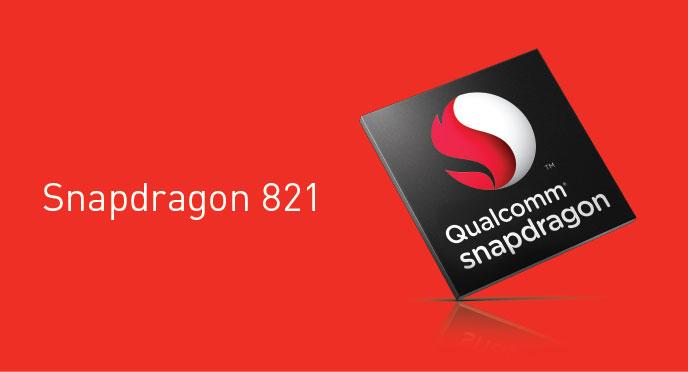
In 2015, Qualcomm held 65% of the LTE baseband chipset market. Deployed in over 115 premium smartphone and tablet devices, Qualcomm’s Snapdragon 820 processor was designed to provide an innovative user experience for premium-tier mobile devices. Able to handle increasing computer requirements with a longer battery life and highly optimized cores, the 820 addressed the overheating issues present in the Snapdragon 810 and provided significantly better overall performance. Snapdragon 821 is the newest addition to the 820 product family and promises another upturn in performance and speed, if only incrementally.
The upturn in performance between the 810 and 820 was significant, but the release of the 821 is mostly infinitesimal. Qualcomm is one of the few companies that design its own ARM-compatible CPU cores, and the series of Snapdragon systems-on-a-chip (SoC) provide powerful efficiency for mobile devices. The move to the 820 included the first use of Qualcomm’s Kyro CPU cores, an upgrade from the 810’s octa-core chip with four ARM Cortex A57 cores and four Cortex-A53 cores.
The four 64-bit Kryo CPU cores in the 820 achieve higher efficiency and effectiveness in a more comprehensive system, performing the same work as eight cores in the 810 without as much heat generation. The Kryo cores are featured in both the 820 and 821 models and are based on Samsung’s FinFET 14nm manufacturing process, which allows for faster performance, less power consumption, and smaller chip area scaling.
Building on the 820 platform, Snapdragon 821 is engineered to deliver a 10% performance increase, reaching speeds of up to 2.4GHz. The new Adreno 530 GPU has also gotten a speed boost from 624MHz to 650MHz. Faster core speeds also indicate that Qualcomm may have been able to improve the architecture on the 14nm process.
The Snapdragon 820 introduced some highly optimized and custom-designed core technologies, and Qualcomm is not ready to retire or replace the 820 with the 821 addition. Instead, the company advertises the 821 addition as a “compliment to the Snapdragon 800 lineup” and a means of flexing their competitive muscles.
As it takes time for new hardware to make its way into the design process, many phones will still be running the 820 chip in the coming months.
Sources: Qualcomm , Extreme Tech , Forbes
Advertisement
Learn more about Electronic Products Digital





